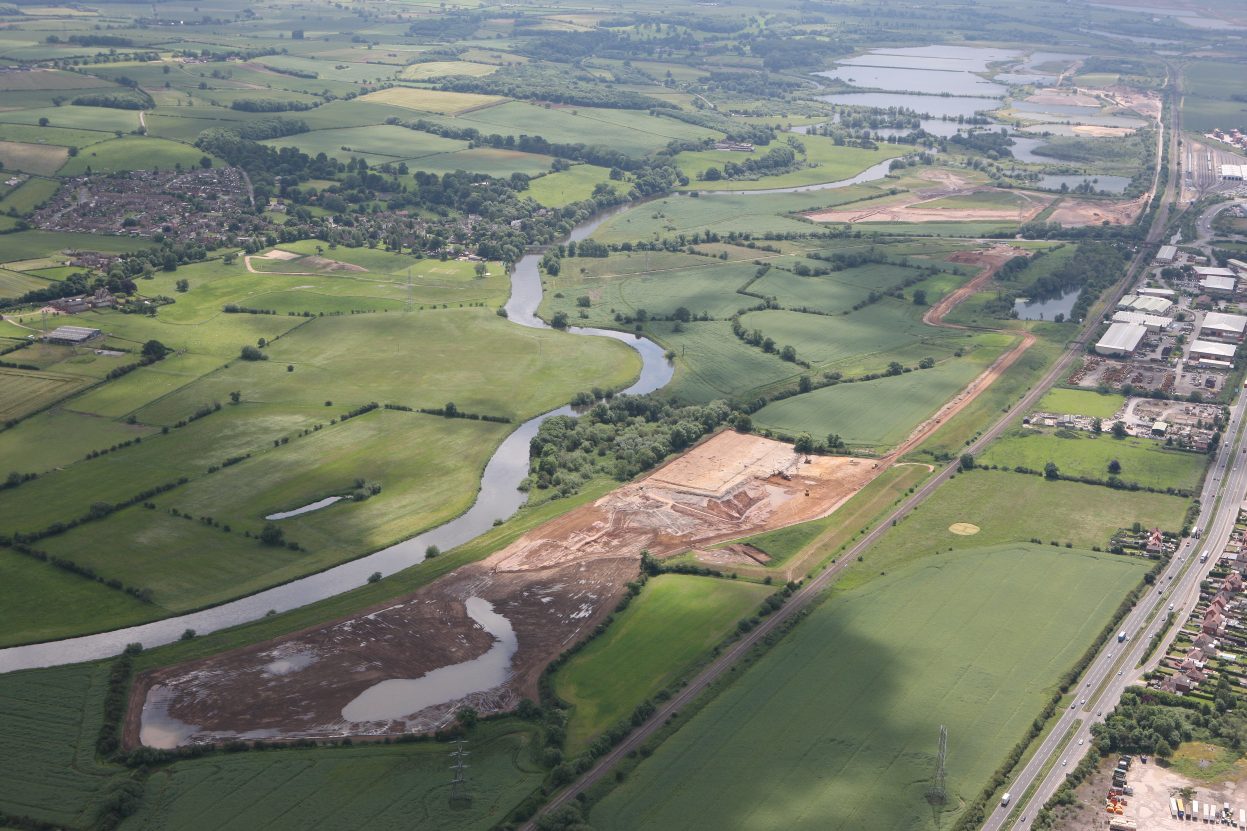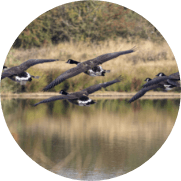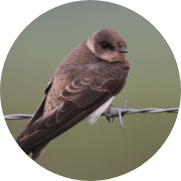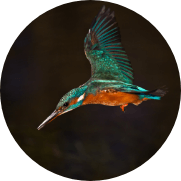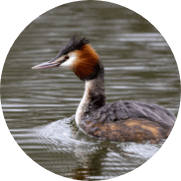Tucklesholme Nature Reserve is located on the banks of the River Trent and is a wetland habitat comprising lakes, reedbeds and grassland.
The lakes form part of what is a long network of extraction lakes created as a result of mineral working. It is anticipated that over the coming years, more lakes will be restored for nature and the area will become a nationally significant wetland site. A series of lakes currently stretch for 8km from Croxall in the south to Tucklesholme in the north. With other floodplain enhancement and wetland creation taking place along the Trent Valley into Burton-upon-Trent and beyond, precious wetland habitats and the diverse species they support are returning.
Reedbed in the northern lake at Tucklesholme is currently being expanded to become the largest in the Trent Valley. The exposed sandy shingles on the southern lake provide valuable nesting habitat for rare birds such as little ringed plover and oystercatcher, while the reedbeds offer the perfect spot for sedge and reed warblers to raise their young.
It is hoped over the next few years, as the reeds expand across the shallows of the northern lake, the reedbed will eventually be large enough to support breeding bittern, the iconic secretive bird of reedbeds, identified by their loud ‘boom’.
With a growing network of volunteers getting involved in recording wildlife, Tucklesholme Nature Reserve is an interesting site to monitor and survey. As the site continues to be restored for wildlife and recovers from the impact of mineral working, the biodiversity can be monitored and recorded over time to track the speed and diversity of colonisation by new species.

